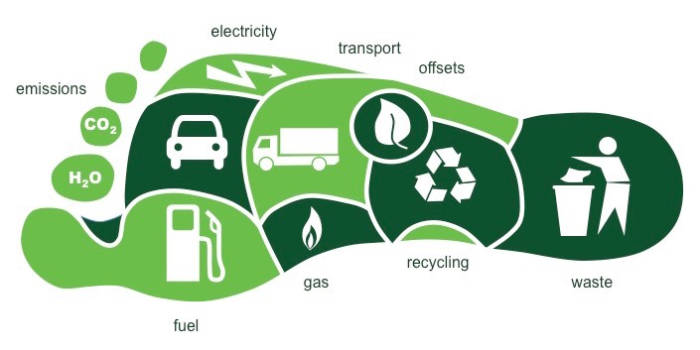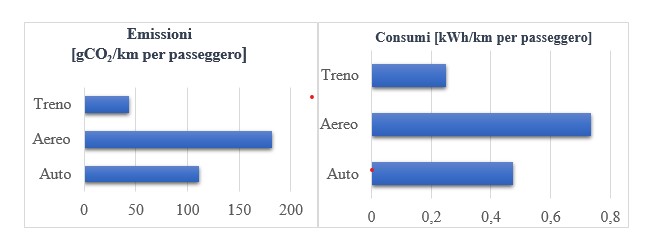
The carbon footprint is the parameter that, better than any other variable, makes it possible to determine the environmental impacts of anthropogenic activities on climate change and, therefore, on global warming. The Carbon Footprint is a parameter that expresses in tonnes of CO2 equivalent the total greenhouse gas emissions associated directly or indirectly with a product, an organisation, a service or an individual.
Why estimate the emissions of a product or service?
In today’s context, where climate change and air pollution are constantly escalating, it is clear that everyone must play their part and the concept must be extended to intangible aspects as well as tangible ones. Hence the need to equip ourselves with tools to measure deterministically the emissions generated by all kinds of activities and processes. In particular, the carbon footprint, as it is also called, refers to greenhouse gases – in accordance with the Kyoto Protocol which established which gases are to be taken into account – such as: carbon dioxide (CO2), methane (CH4), nitrous oxide (N2O), hydrofluorocarbons (HFCs), sulphur hexafluoride (SF6) and perfluorocarbons (PFCs).
As can be seen, in the overall calculation of the carbon footprint, the emissions of all greenhouse gases must be considered, which are then converted into CO2 equivalents. Conversion methods are dictated by policies and standards, such as ISO 14067, so that they are aligned in all areas where this tool is used.

But how can the Carbon Footprint of an organisation, a service or an individual be measured in practice?
In this regard, there are calculation softwares, widely used in engineering and environmental practice, which allow for rather precise measurements, taking into account a reasonable margin of error, but also tools that are very user-friendly, easy to use and understand. Specifically, tools that can provide information on the environmental impact of an individual or a service in a very simple way are widespread. In fact, it is possible to classify these into:
- individual: they make it possible to calculate one’s own ecological footprint with respect to individual daily activities (mode of travel, eating habits, consumption, etc.);
- service: they can be free or paid for and allow an organisation of any kind to quantify the carbon footprint generated by its characteristic activities.
Is there really a method to measure one’s carbon footprint generated in the daily activities performed?
Yes, and the tool in question can be found on the Carbon Footprint TM page, the main body that certifies the carbon footprint of any individual, organisation or product. Through it, it is possible to quantify one’s impact related to daily habits, from what one does at home, to car use and beyond. This is just one of many examples of a fundamental tool for giving an eco-friendly imprint to one’s daily life, intercepting where one is a low performer in terms of sustainability and where instead one is efficient and green.
What if I wanted to calculate the carbon footprint of a service?
There are many simulators, some specific to certain sectors and others more general, but a further example can be found in relation to sustainable mobility. Imagine you have to leave from Naples and travel to Milan: which means of transport minimises the footprint generated?
The answer can be found, in a very intuitive and easy to understand manner, once certain information has been input, on Eco-Passenger. In fact, by entering the starting point and arrival point, one can obtain very precise information on the means to be chosen to minimise one’s carbon footprint and energy consumption. Analysing the example just described, the train turns out to be the most sustainable means of transport and in fact it shows how it emits 2.5 times less than the car and even 4 times less than the plane and the scenario in terms of energy consumption is almost identical.

This is an example of how an individual can make choices within his or her everyday life that are sustainable and thus minimise his or her own footprint.
Our influence on the planet is decisive and it is and will be our choices that steer the Earth towards a sustainable future, which must already be the present. We can make a different footprint and that footprint is green and clean.



































